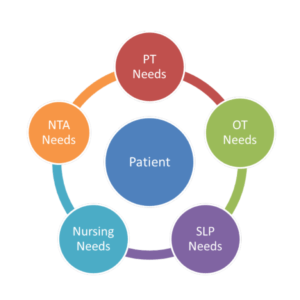The pros and cons of per capita caps for Medicaid
Lawmakers and federal agencies are once again tossing around the idea of per capita spending limits for Medicaid. Although the reform has not yet been proposed in this session’s Congress, many Medicaid reform demonstration projects include some sort of per capita restriction, notes a Health Affairs policy brief.
Supporters of the per capita concept say it would slow the growth of Medicaid spending and give states impetus to find creative ways to provide services more efficiently. But others say states might be tempted to cut services in order to avoid overruns, the brief explains.
In theory, per capita caps would limit the amount of Medicaid spending based on how many beneficiaries a state has. Some view per capita limits as a more moderate, flexible alternative to block grants, which have been discussed as another way to limit what a state can spend by providing a set amount of money for each state.
But how a per capita policy would divide a state’s funds could have a serious impact on the elderly. While some feel the per capita divisions should be made across all individuals in a state’s entire Medicaid population, others have suggested divvying up the money within population subgroups, such as children, the disabled and the elderly. For example, the brief explains, in 2011, the average Medicaid spending was $6,982 per beneficiary. But when examined by subgroup, the average spending was $2,851 per child, but $15,931 per elderly person.
Most lawmakers agree that Medicaid spending can no longer be allowed to grow unfettered, especially as many states perpare to expand Medicaid under the Affordable Care Act. States, some argue, “will have a new incentive to provide guaranteed basic services much more effectively and efficiently than they do under today's system, where there is no cap on the funding they receive,” the brief states.
Yet unlike the block grant proposals, the per capita payments would be intrinsically tied to enrollment in each state. “In theory, this approach would give states an incentive to control other factors that lead to increased spending, including providing care in higher cost settings, such as emergency departments and nursing homes,” the brief notes.

Pamela Tabar was editor-in-chief of I Advance Senior Care from 2013-2018. She has worked as a writer and editor for healthcare business media since 1998, including as News Editor of Healthcare Informatics. She has a master’s degree in journalism from Kent State University and a master’s degree in English from the University of York, England.
Related Articles
Topics: Accountable Care Organizations (ACOs) , Advocacy , Executive Leadership , Medicare/Medicaid , Regulatory Compliance










